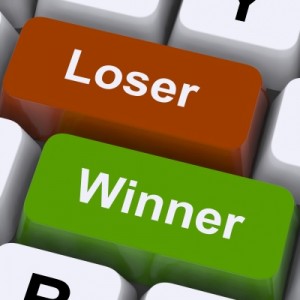 Promotions can be used by companies to accomplish a number of goals. There are many ways in which companies can use promotions to advertise and create awareness for their brand. Contests are tools that can facilitate the process of creating a connection between a brand and potential consumers. Contest promotions can be designed in a variety of ways to fulfill requirements and reach specific goals, but there are certain guidelines to consider when designing a contest.
Promotions can be used by companies to accomplish a number of goals. There are many ways in which companies can use promotions to advertise and create awareness for their brand. Contests are tools that can facilitate the process of creating a connection between a brand and potential consumers. Contest promotions can be designed in a variety of ways to fulfill requirements and reach specific goals, but there are certain guidelines to consider when designing a contest.
Set the Objectives
Everything from creating awareness about a new product to be launched, increasing sales of an existing product or even maintaining a constant presence in the consumer’s mindset can be achieved through the use of a contest promotion. Formal definition of the company’s primary goals is the first step in designing this type of promotion, and that goal should conception through completion. Without a clearly defined objective with a way to measure results the promotion cannot be valued.
Implementation
Once a clear objective has been established and the goals to be achieved through running a contest promotion have been defined, the next step in the design process will be to define the structure. How will the contest be run? How will contestants enter? What will the prize be? How will it be awarded? All of these questions should be answered and outlined in a creative brief prior to the contest’s kick-off. The more thoroughly the contest design is mapped out prior to its launch, the greater the likelihood of success. Once all areas of the flow of the contest have been finalized, the contest may begin.
Tracking and Measuring
Once the contest promotion has been implemented, its progress must be tracked and measured. With the initial objective in mind, this tracking of ongoing progress and measuring of promotional success is critical to discerning whether the company’s goals and objectives are within reach. The nature of the contest will dictate which data must be tracked and measured, and what methodology will be used to do so. For example, if a contest involves Twitter followers or Facebook likes, these can be tracked and quantified to identify increases over the promotion’s span, and trended over time. This type of data can be utilized to develop effective promotional tools for use in future campaigns.
Using Results
When a contest ends, the results of the promotion can be used to improve future campaigns. Data collected throughout the contest can be appended to a customer database, used for modeling or profiling customer behavior. In the future, analysis of campaign results can be relied on to determine if a previous promotion can be implemented once again. For example, if increased product awareness is needed, and product awareness was shown to have increased during a prior contest promotion, then a similar practice can again be used to achieve this specific goal.
If you are interested in consulting with industry experts capable of quickly and professionally designing and launching your promotion, contact the team at Marden-Kane today.
[Image via FreeDigitalPhotos.net]
